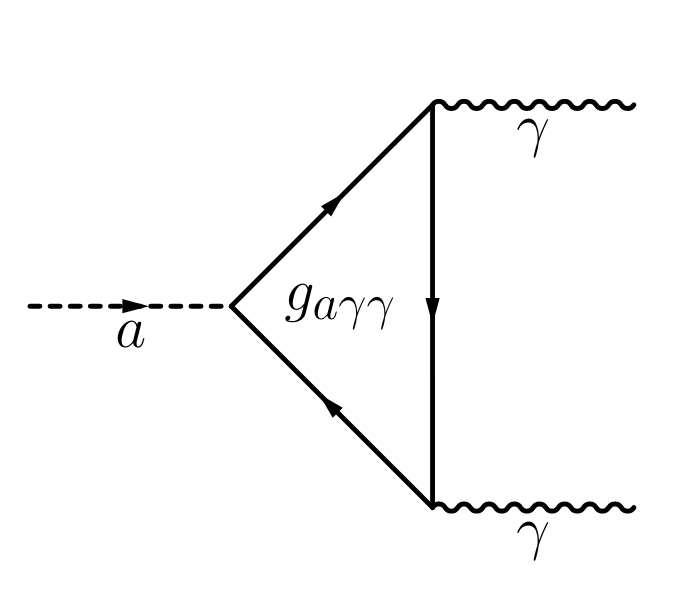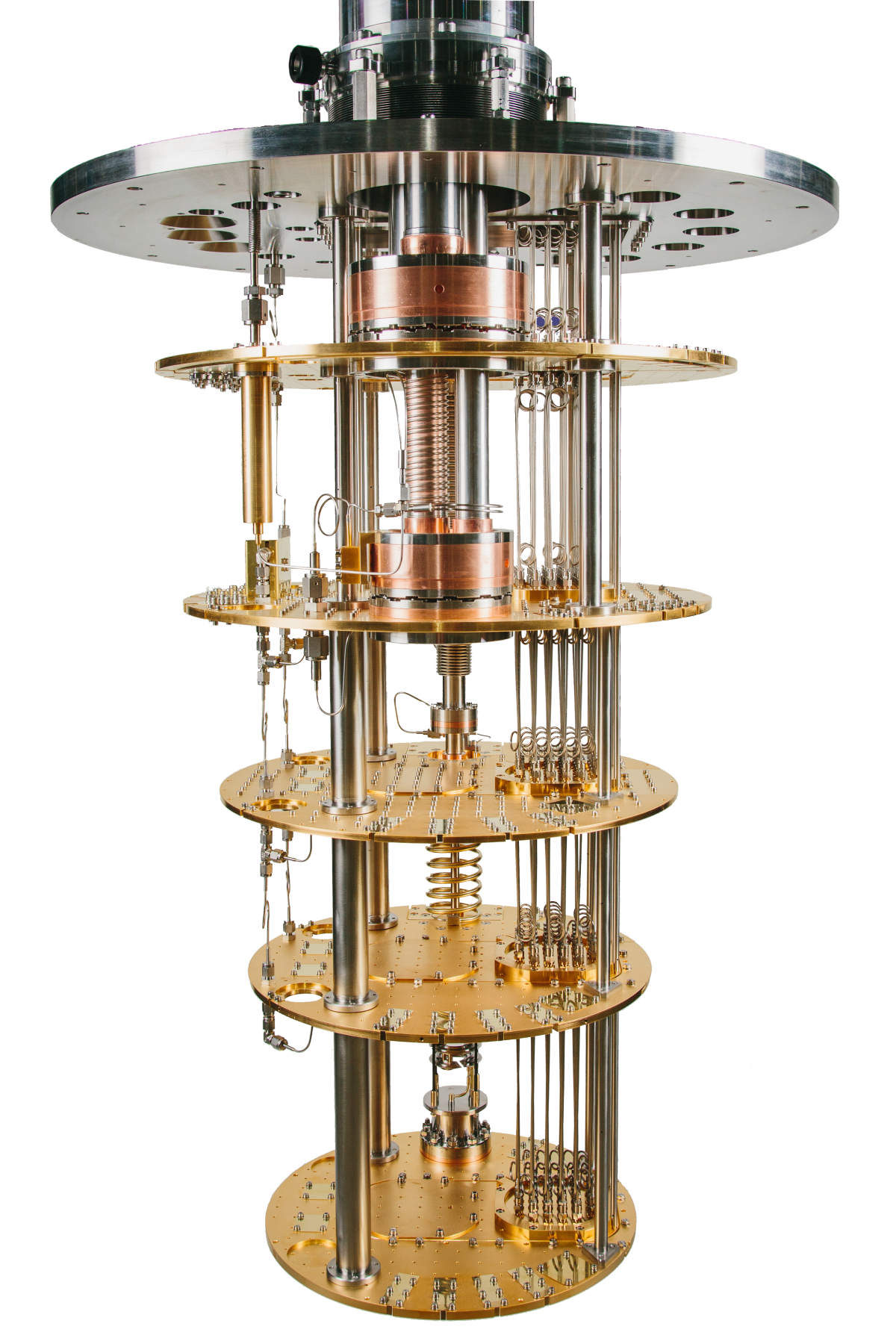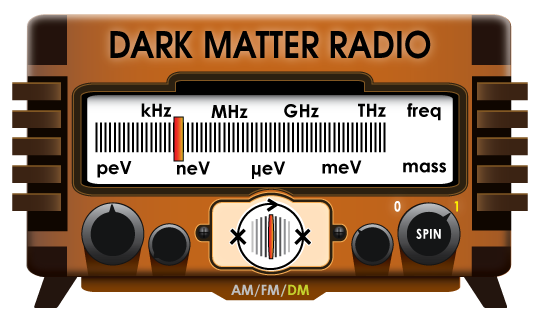I am a Porat postdoctoral fellow at the Kavli Institute for Particle Astrophysics and Cosmology (KIPAC) at Stanford University and SLAC National Accelerator Laboratory. My research centers on the search for axion dark matter. I build experiments and develop sensors to search for the tiny signals of dark matter interactions. Right now, my focus is on the design and construction of the DMRadio experiments and quantum sensor R&D with applications to the BREAD high-mass axion search.
Before joining KIPAC, I earned my Ph.D. in physics at the Massachusetts Institute of Technology (MIT). My thesis, The First Laboratory Searches for Low-Mass Axion Dark Matter, described the first lumped-element search for axions, ABRACADABRA-10 cm, which I built and operated during my time as a graduate student. As an undergrad, I studied physics and math at the University of North Carolina (UNC) at Chapel Hill and worked on projects related to axion and WIMP dark matter, neutrinoless double-beta decay, Higgs physics, CP violation in leptons, and radio astronomy.
When I'm not doing physics, I like climbing mountains and cooking for large numbers of people.
► Link to CV ◄
► Link to iNSPIRE ◄

There is lots of evidence that the visible matter around us is only a small fraction of the matter in the universe. For example, we can observe the motion of galaxies inside galaxy clusters, and we can see that there has to be extra mass that is causing them to move differently than we would otherwise expect. So far, there have been no confirmed reports of the detection of a particle that could be this 'dark' matter. There are many theories as to what dark matter could be, and one of the most well-motivated ones is the axion.

The axion was proposed as part of the solution to another longstanding problem in physics, the strong CP problem. In its essence, this is the problem that two unrelated parts of physics cancel each other out to one part in 1010, which we call a fine-tuning problem. The existence of axions would solve this, and as a bonus they do a great job of explaining the many anomalies that point to dark matter. Axions are hard to detect because they interact extremely feebly with the visible matter that makes up our detectors.

Because dark matter interacts so feebly, experiments that search for it must be equipped with sensors that are incredibly sensitive to small or rare signals and that contribute minimal noise. As detection technology has improved, it is increasingly necessary to use sensors with noise levels that are close to or even below the fundamental quantum limit from Heisenberg's uncertainty principle. I use and develop superconducting quantum sensors based on qubit and SQUID technology with applications to axion dark matter.

ABRACADABRA stands for A Broadband/Resonant Approach to Cosmic Axion Detection with an Amplifying B-field Ring Apparatus. As the name suggests, the experiment searches for dark matter axions by looking for their interactions with a strong toroidal magnet. I was part of the team that built and operated the first generation of the experiment, ABRACADABRA-10cm, which is a small, prototype experiment located at MIT. For more information about the experiment and published results, check out its website.

The DMRadio program is a series of experiments that scale up and refine the lumped-element method pioneered by ABRACADABRA-10 cm. The DMRadio-50L experiment is currently under construction at Stanford. It will be able to search axions over about three decades in axion mass at orders of magnitude more sensitivity than ABRACADABRA-10 cm. An upcoming experiment, DMRadio-m3, is currently being designed as a definitive search for axions with slightly higher masses. Finally, DMRadio-GUT is a concept for a large-scale search for QCD axions at the neV masses motivated by GUT-scale physics. For more information about these experiments, check out their website.

The BREAD experiment searches for high-mass axions using a reflecting dish that focuses the photons from axion conversion to a focal spot, similar to a telescope. The GigaBREAD prototype experiment just released its first limits on dark photons. My focus is on developing the TeraBREAD experiment, which will look for axions in the so-called "THz gap" where improvements in quantum sensing are necessary to reach the most-motivated axion parameter space.
Bullet cluster, NASA
Me, David Johnson
Celestial southern hemisphere of the CMB, Planck
Axion coupling to two photons, me
ABRACADABRA-10cm magnet in its superconducting shield, Jon Ouellet
DM Radio logo, DM Radio collaboration
Dilution fridge, Oxford Instruments
GigaBREAD reflector, Stefan Knirck